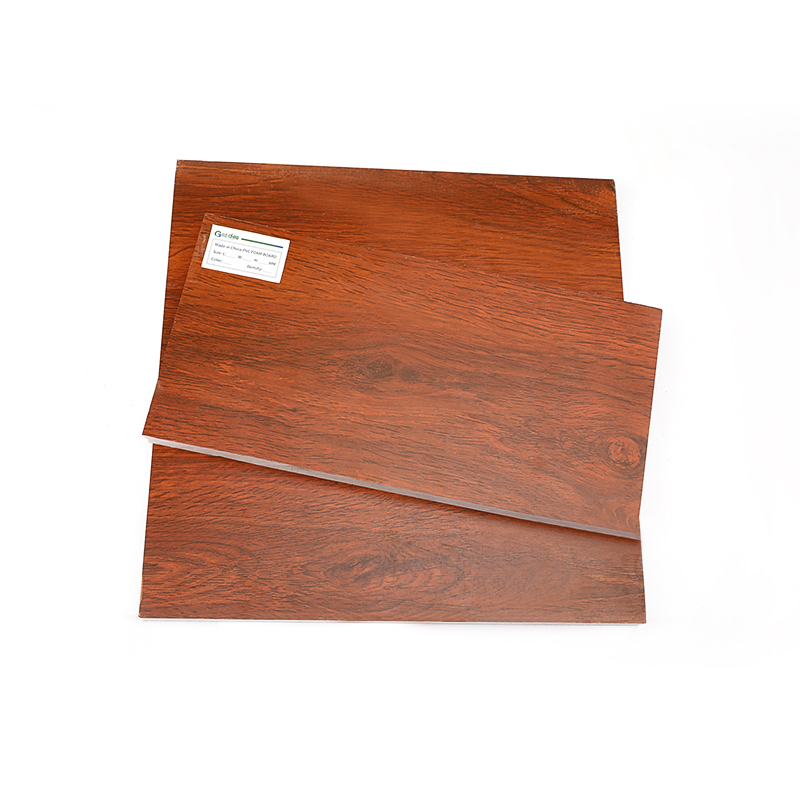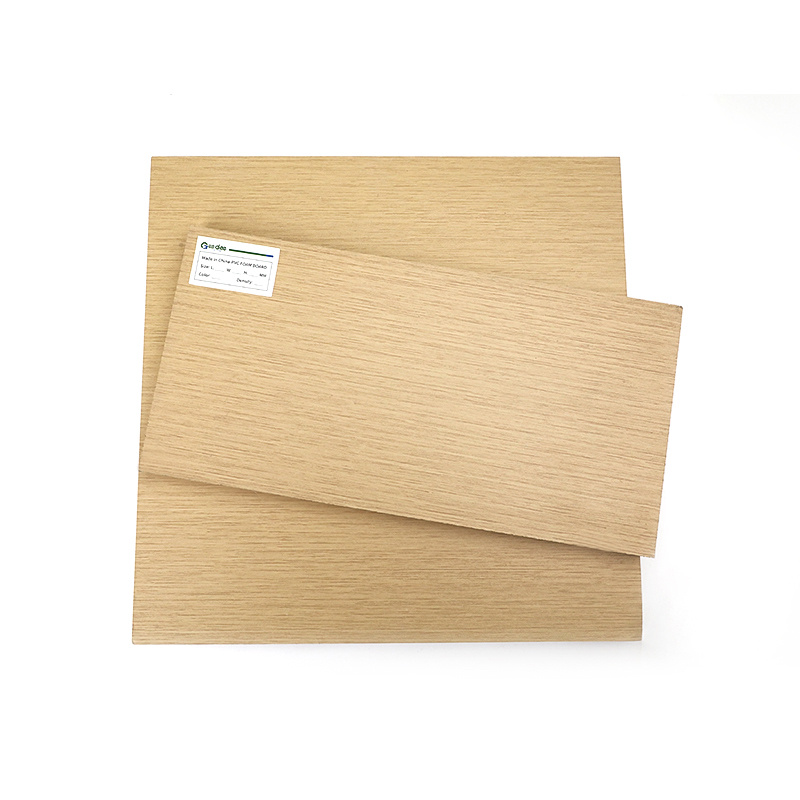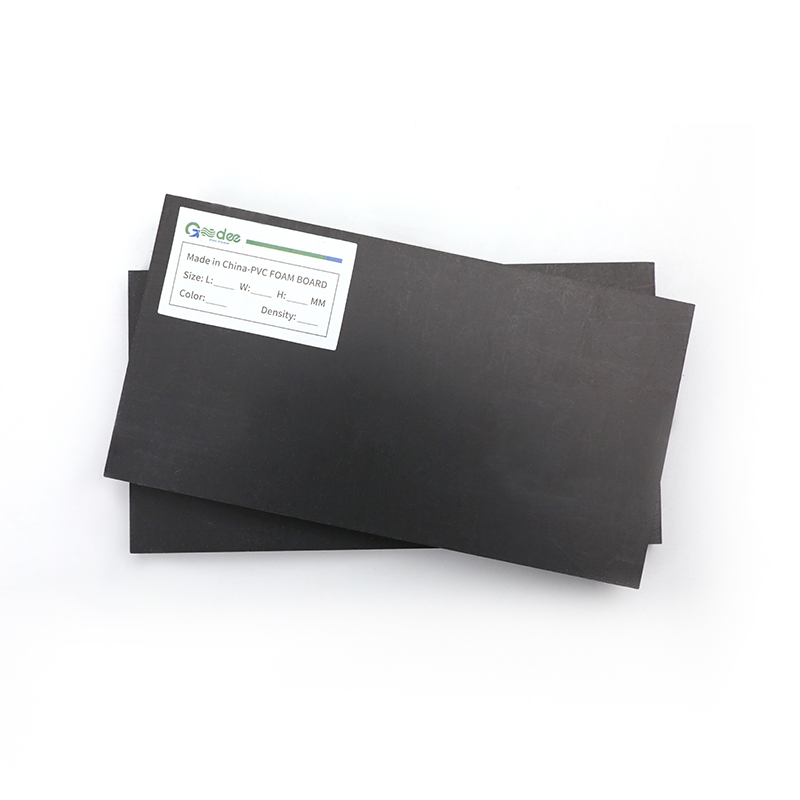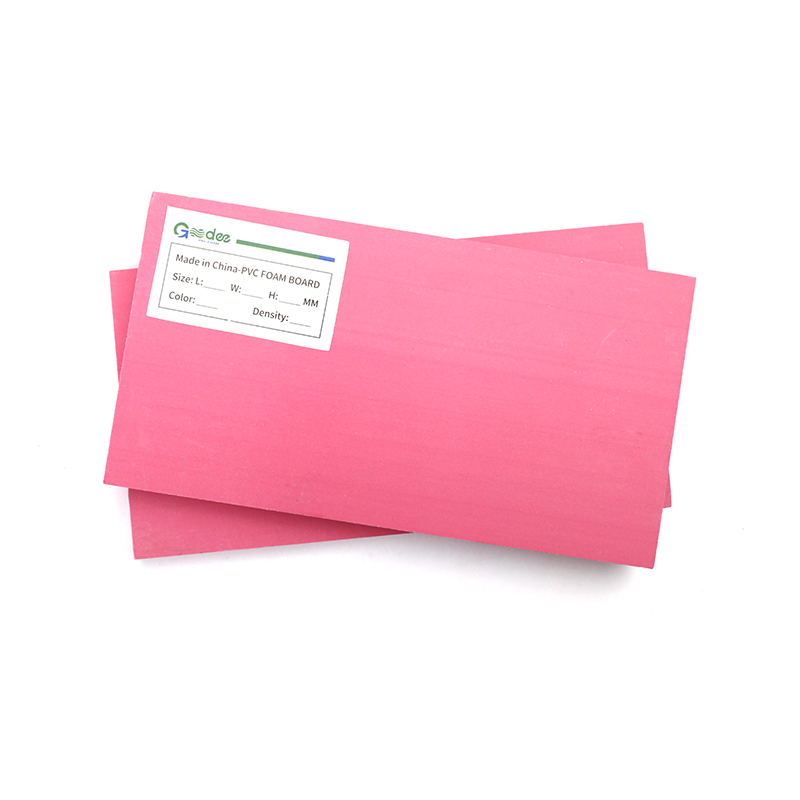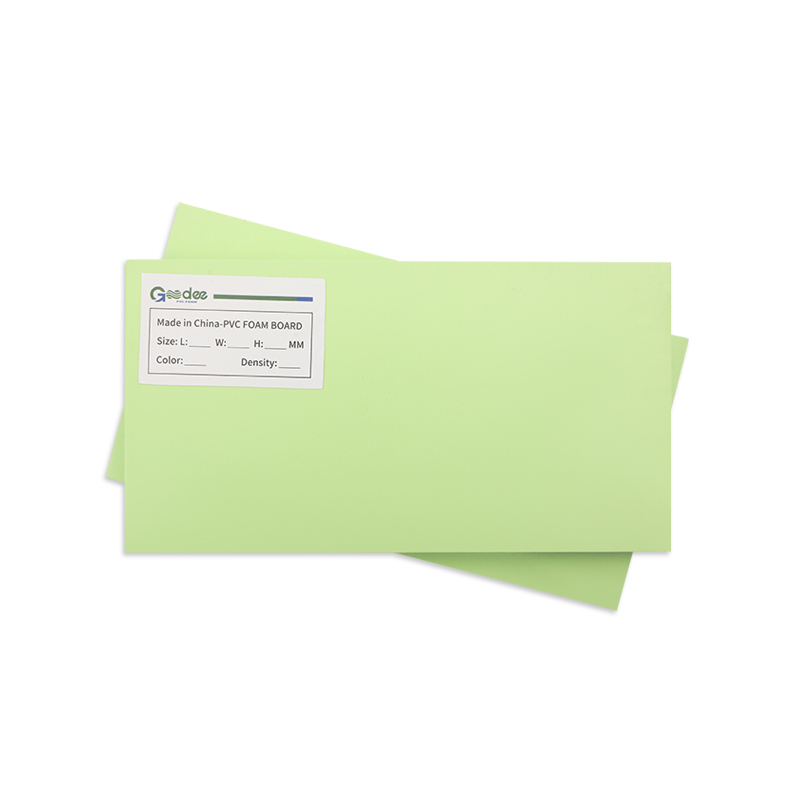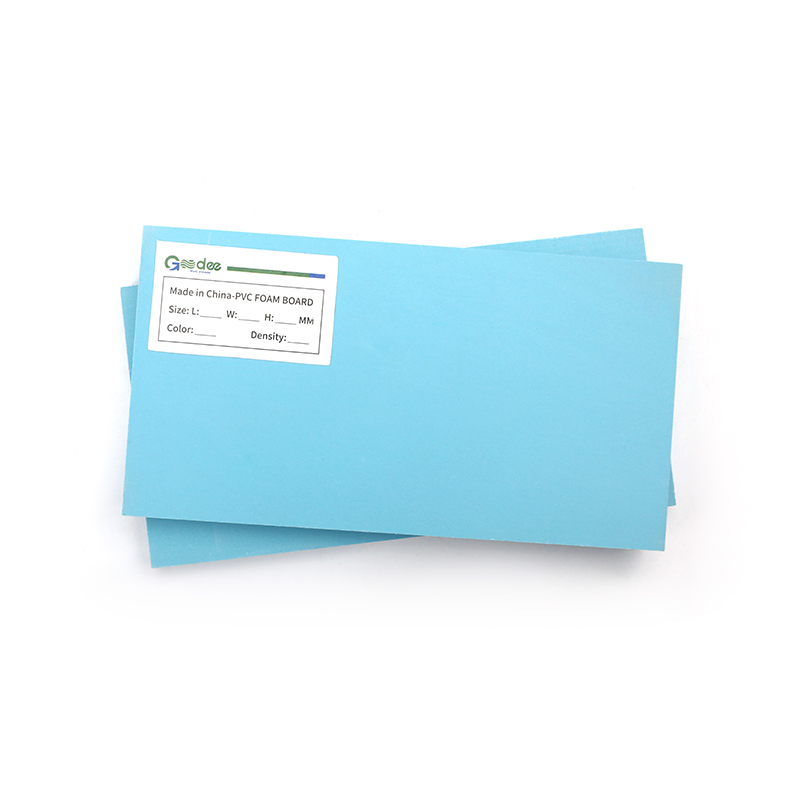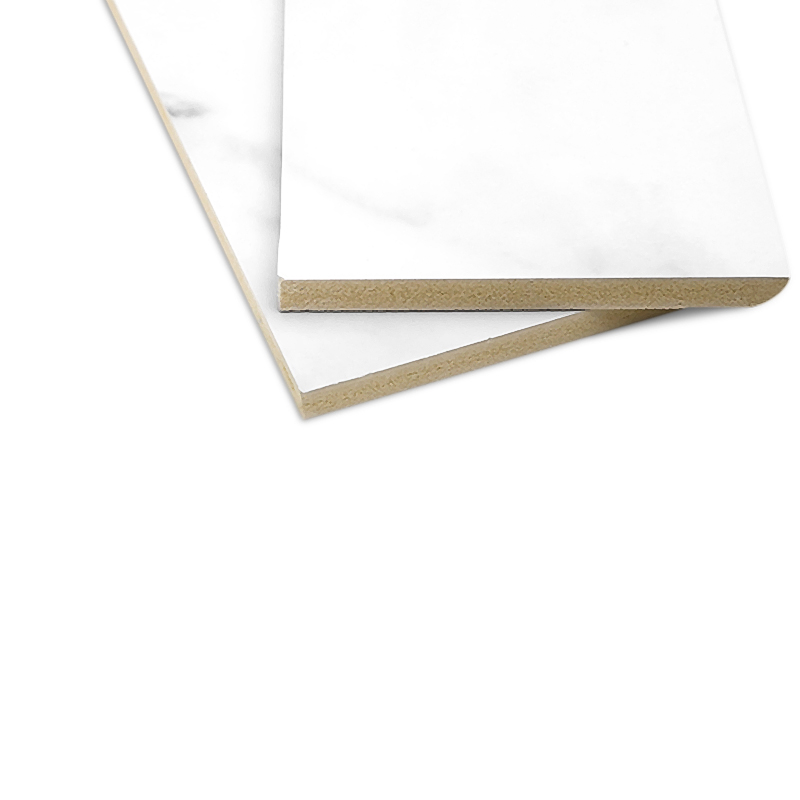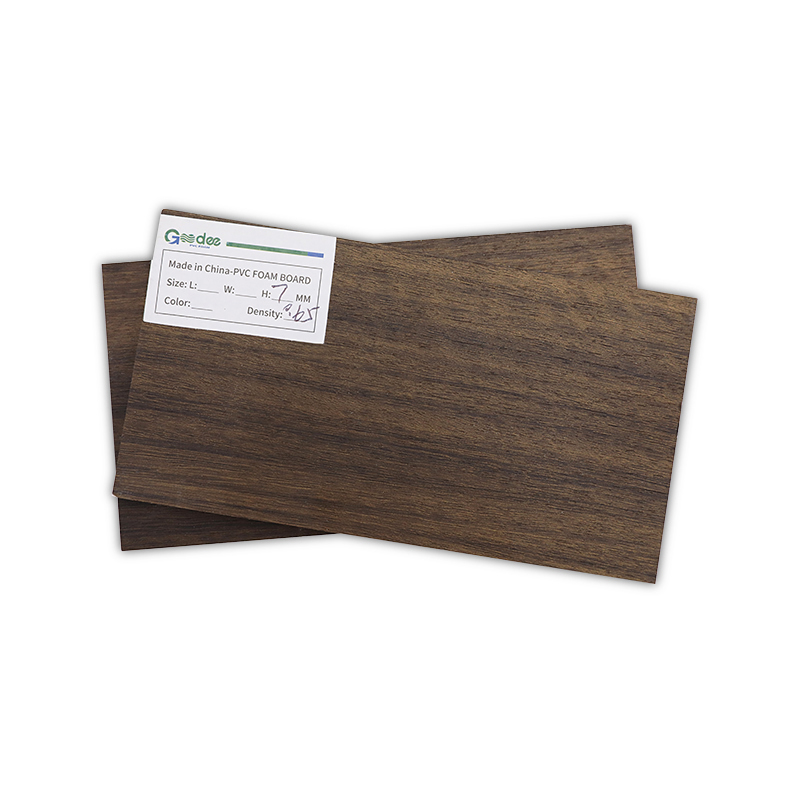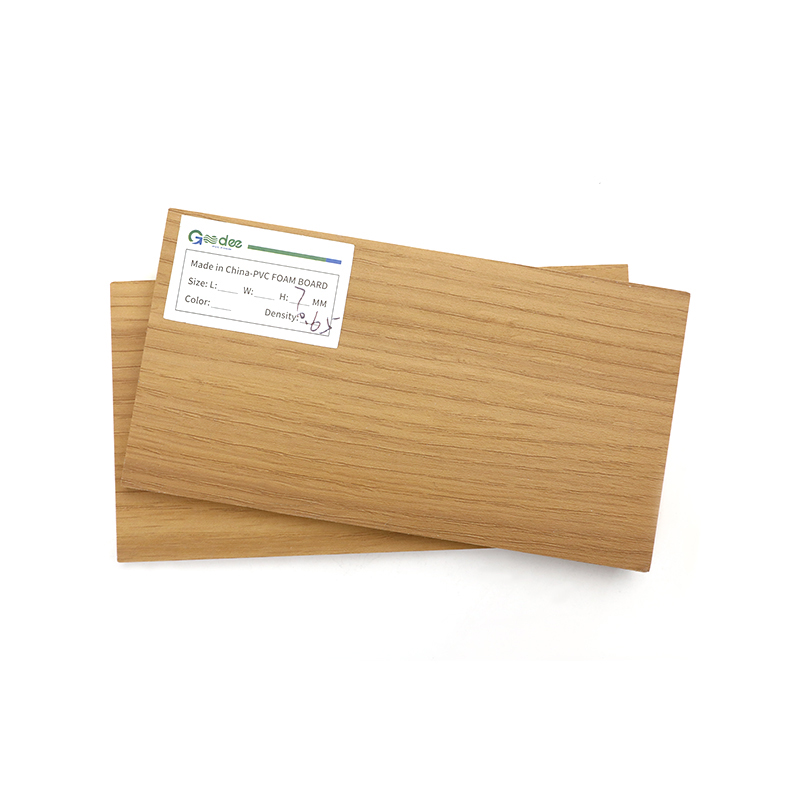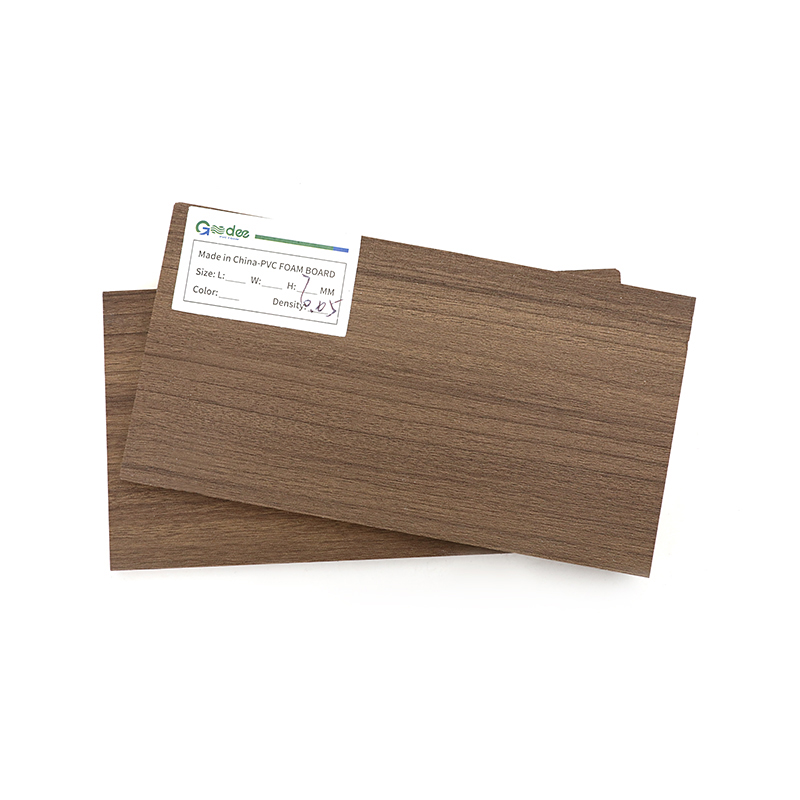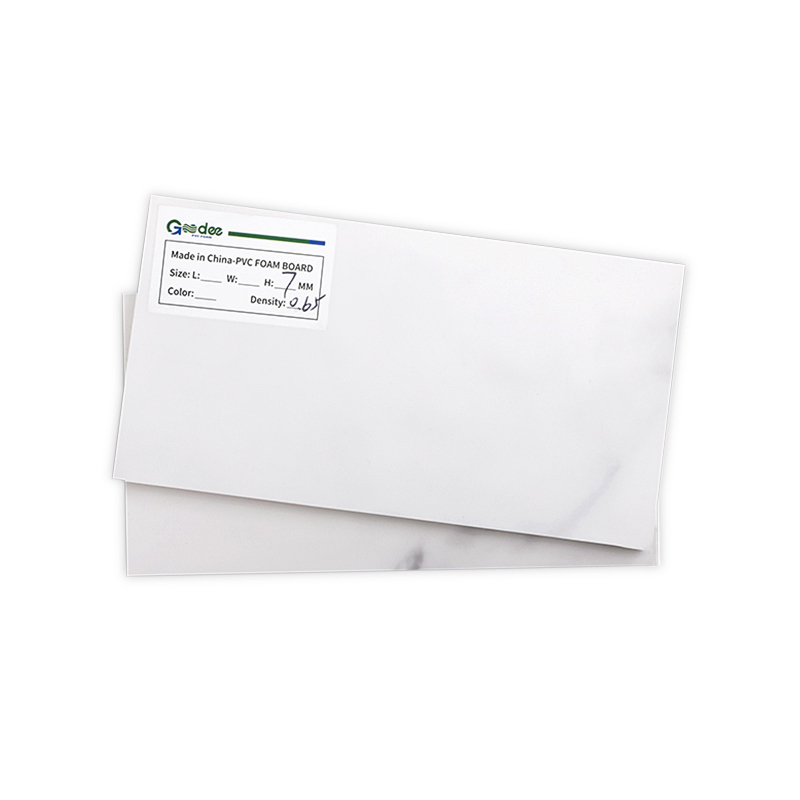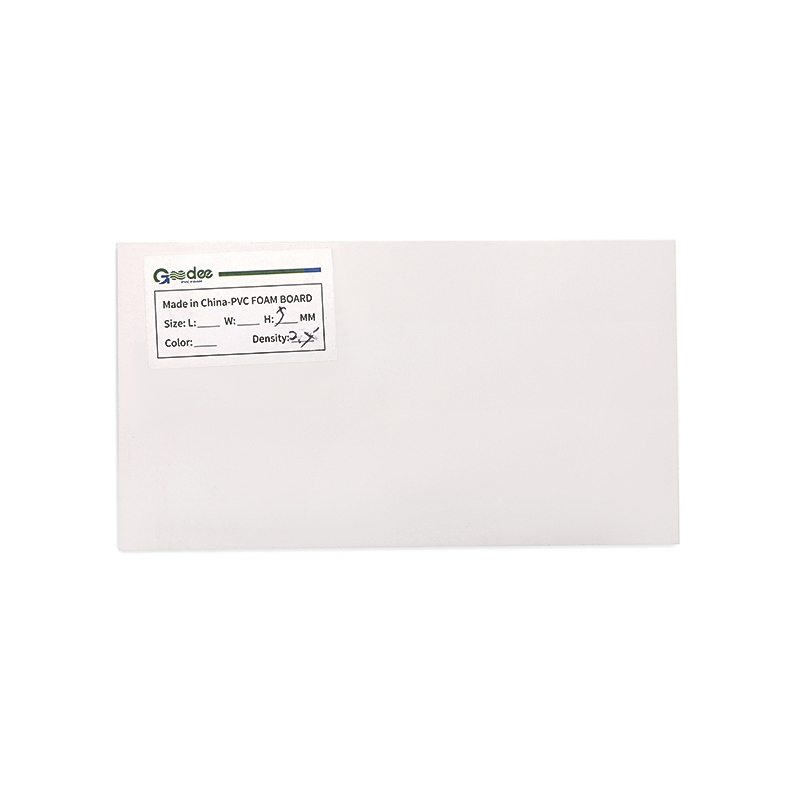WPC door boards have gained popularity in recent years due to their unique combination of wood and plastic characteristics. They are often used in various applications, including doors, decking, and furniture. One of the key advantages often associated with WPC door boards is their resistance to moisture and rot, which makes them suitable for wet areas like bathrooms and kitchens.
Understanding WPC Door Boards:
WPC door boards are composite materials made from a mixture of wood fibers or wood flour and thermoplastics, such as polyethylene, polyvinyl chloride (PVC), or polypropylene. The combination of these materials results in a product that inherits some of the best attributes of both wood and plastic, making it an appealing choice for various applications. WPC door boards can mimic the look and feel of natural wood while offering enhanced durability and resistance to environmental factors.
Moisture Resistance:
One of the standout features of WPC door boards is their exceptional resistance to moisture. This is primarily attributed to the plastic component of the composite. Unlike natural wood, which is prone to swelling, warping, and rot when exposed to moisture over time, WPC door boards are highly resistant to these issues. They do not absorb water to the same extent as wood, which means they are less likely to suffer from expansion or contraction due to changes in humidity. As a result, WPC door boards remain stable in wet environments, such as bathrooms and kitchens.
The moisture resistance of WPC door boards can be further enhanced by selecting products with a protective outer layer or coating. This layer acts as a barrier against moisture, preventing it from infiltrating the core of the board. Therefore, even in areas with high humidity levels, the risk of mold, mildew, and other moisture-related problems is significantly reduced when using WPC door boards.
Rot Resistance:
Rot is a common issue that plagues natural wood when it is exposed to moisture for extended periods. This is because moisture provides an ideal environment for fungi and microorganisms to thrive, ultimately leading to wood decay. WPC door boards, thanks to their plastic component, are inherently resistant to rot. They do not provide the necessary conditions for fungi and microorganisms to grow, and as a result, they remain structurally sound over time.
This resistance to rot is particularly beneficial in environments with elevated moisture levels, such as bathrooms and kitchens. In these areas, the occasional exposure to water, steam, and spills is inevitable. WPC door boards can withstand these challenges without succumbing to rot, ensuring their longevity and performance.
Other Advantages of WPC Door Boards:
Beyond their moisture and rot resistance, WPC door boards offer several additional advantages that make them suitable for wet areas:
Durability: WPC door boards are highly durable and can withstand wear and tear. They are less prone to cracking, splintering, or chipping compared to natural wood.
Low Maintenance: WPC door boards are relatively low-maintenance. They do not require regular sealing or staining, as natural wood does, to protect against moisture and rot.
Aesthetics: WPC door boards can mimic the appearance of natural wood, offering a warm and inviting look that complements various interior designs.
Environmental Friendliness: Many WPC door boards are manufactured using recycled materials, making them an eco-friendly choice for those concerned about sustainability.
Easy Installation: WPC door boards are often designed for easy installation, with various options for mounting, including traditional frame-and-panel construction.
Cost-Effective: While the initial cost of WPC door boards may be higher than that of some other materials, their long-term durability and resistance to moisture and rot can lead to cost savings over time by reducing the need for replacements and maintenance.
Considerations When Using WPC Door Boards in Wet Areas:
While WPC door boards are indeed highly resistant to moisture and rot, it's essential to consider a few factors when using them in wet areas like bathrooms and kitchens:
Proper Installation: Ensure that the WPC door boards are correctly installed, with tight joints and sealed edges, to minimize the risk of moisture infiltration.
Regular Cleaning: While WPC door boards are low-maintenance, routine cleaning is essential to prevent the buildup of mold or mildew, especially in bathrooms. A mild detergent and water solution can effectively clean the surface.
WPC door boards are a compelling choice for wet areas like bathrooms and kitchens due to their outstanding resistance to moisture and rot. They offer a durable, low-maintenance, and aesthetically pleasing alternative to natural wood, with the added benefit of being environmentally friendly.


 English
English Español
Español